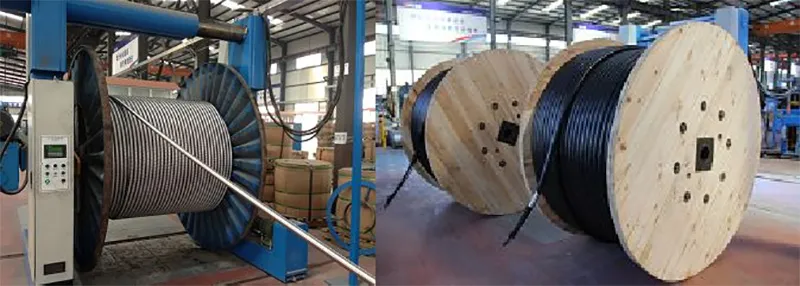Nov . 05, 2024 20:11 Back to list
foot check valve
Understanding Foot Check Valves An Essential Component in Fluid Systems
Foot check valves, also known as foot valves, are critical components in fluid management systems, especially in applications involving pumps and water supply lines. These devices play a pivotal role in maintaining the flow direction of liquids and preventing backflow, ensuring efficient operation and protection for various systems.
What is a Foot Check Valve?
A foot check valve is a type of check valve that is positioned at the bottom of a suction line to a pump. Its primary function is to permit the flow of fluid in one direction while preventing reverse flow. This mechanism is essential in applications such as well pumps, where the valve keeps the pump primed and retains water in the suction line. By doing so, the foot valve ensures that the pump does not lose its prime and aids in maintaining efficiency.
How Does a Foot Check Valve Work?
Typically, a foot check valve consists of a valve body, a solid seat, and a closure mechanism, such as a ball or flap
. When the pump operates and generates suction, the pressure difference causes the valve to open, allowing fluid to flow into the pump. Conversely, when the pump shuts off or when there is a drop in pressure, the valve closes, preventing the liquid from flowing back down the suction line. This simple yet effective design ensures the reliability of water systems and is critical in agricultural and residential applications.Importance of Foot Check Valves
The significance of foot check valves cannot be overstated. In agriculture, for instance, farmers rely on these valves to maintain consistent water supply from wells or reservoirs to irrigation systems. Without a properly functioning foot valve, the pump would struggle to draw water, leading to inefficiencies and potential crop loss.
In residential settings, foot valves are crucial for well systems, ensuring that the supply of water remains steady and uninterrupted. A malfunctioning foot valve can result in dry pumping, which can lead to pump damage and costly repairs.
foot check valve

Choosing the Right Foot Check Valve
When selecting a foot check valve, several factors need to be considered
1. Material Foot valves are available in a variety of materials, including brass, PVC, and stainless steel. The choice of material should align with the type of fluid being handled and the environmental conditions.
2. Size The size of the valve must match the diameter of the suction line to guarantee optimal performance. An improperly sized valve can lead to inefficiencies in flow and pressure.
3. Pressure Ratings Different applications may involve various pressure ranges. Ensuring the foot valve can withstand the pressure conditions of the system is crucial for longevity and reliability.
4. Installation Foot valves should be installed vertically at the bottom of the suction line. It's important to ensure they are located in a clean environment to prevent clogging by debris.
Conclusion
Foot check valves are an indispensable part of many fluid systems, providing reliability and efficiency by preventing backflow and maintaining prime. Understanding their functionality and selecting the right type for specific applications can enhance the performance of pumps and water supply systems. Proper maintenance and monitoring of foot check valves will ensure long-term effectiveness, benefiting a variety of sectors, from agriculture to residential water systems. Investing time and resources in quality foot check valves is essential for those looking to optimize their fluid management processes.
Share
-
Reliable Wafer Type Butterfly Valves for Every IndustryNewsJul.25,2025
-
Reliable Flow Control Begins with the Right Ball Check ValveNewsJul.25,2025
-
Precision Flow Control Starts with Quality ValvesNewsJul.25,2025
-
Industrial Flow Control ReliabilityNewsJul.25,2025
-
Engineered for Efficiency Gate Valves That Power Industrial PerformanceNewsJul.25,2025
-
Empowering Infrastructure Through Quality ManufacturingNewsJul.25,2025